
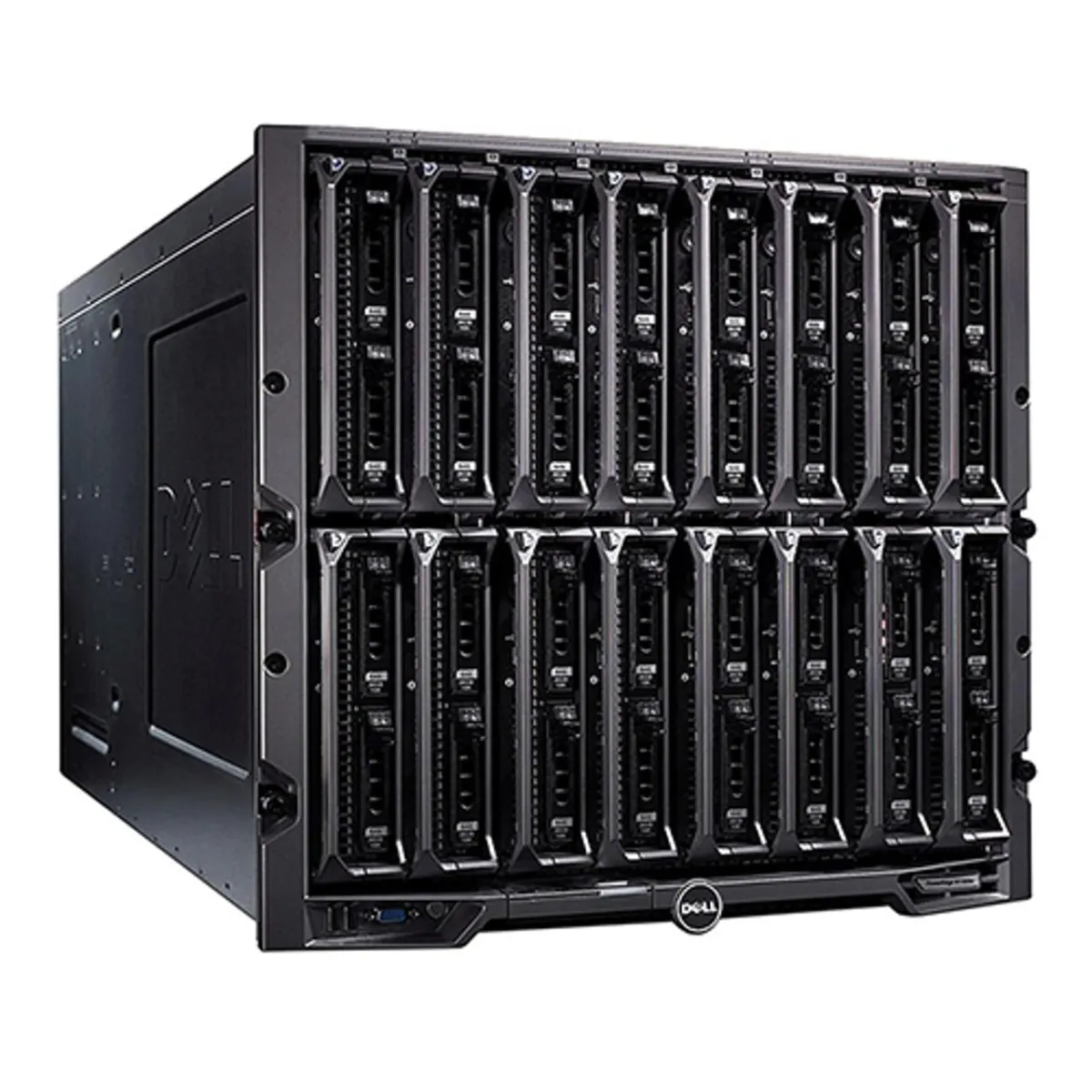
About Servers & Blade Servers
A blade server is a type of server that consists of a blade enclosure and multiple thin, modular server blades. The blades are designed to fit into the enclosure and share common components such as power supplies, cooling fans, and network switches.
Blade servers are designed to be highly scalable, allowing users to add or remove blades as needed to meet changing computing requirements. They are also more compact and energy-efficient than traditional rack-mounted servers, making them a popular choice for data centers and other high-density computing environments.
Blade servers can be used for a variety of applications, including web hosting, database management, and virtualization. They are also ideal for high-performance computing (HPC) workloads such as scientific simulations and financial modeling.
One advantage of blade servers is their modularity, which allows for easy maintenance and upgrades. If a component fails, it can be replaced quickly without having to take the entire server offline. Additionally, the shared components in the enclosure can reduce the overall cost of ownership and simplify management.
However, blade servers can be more expensive than traditional rack-mounted servers, and they require specialized enclosure hardware and network switches. Additionally, the density of blade servers can create challenges in terms of power and cooling, so it is important to ensure that the data center is properly designed and equipped to handle the increased density.
Overall, blade servers are a powerful and flexible solution for organizations that require high-density computing and scalability. They can help to reduce costs, simplify management, and improve overall efficiency and performance.
Top Server & Blade Server Manufacturers
Here are some of the top server manufacturers in the market:
Dell EMC: Dell EMC is a leading provider of enterprise IT solutions, including servers, storage, and networking equipment. Dell EMC is known for its PowerEdge server line, which offers a wide range of configurations to meet various business needs.
Hewlett Packard Enterprise (HPE): HPE is a global provider of IT solutions, including servers, storage, networking, and software. HPE offers a range of server products under its ProLiant brand, including rack, tower, and blade servers.
Lenovo: Lenovo is a leading provider of servers and other IT equipment. Lenovo's server line includes ThinkSystem servers, which offer a wide range of configurations to meet various business needs.
IBM: IBM is a global provider of IT solutions, including servers, storage, and software. IBM's server line includes the IBM Power Systems, which are designed for mission-critical workloads and high-performance computing
Cisco: Cisco is a leading provider of networking and IT infrastructure solutions, including servers. Cisco's server line includes the Cisco Unified Computing System (UCS), which is designed for virtualized environments.
Supermicro: Supermicro is a global provider of enterprise IT solutions, including servers, storage, and networking equipment. Supermicro offers a wide range of server products, including rackmount, blade, and high-density servers.
Fujisu: Fujitsu is a global provider of IT solutions, including servers, storage, and software. Fujitsu's server line includes the PRIMERGY series, which offers a wide range of configurations to meet various business needs.
Oracle: Oracle is a global provider of IT solutions, including servers, storage, and software. Oracle's server line includes the Oracle SPARC servers, which are designed for high-performance computing and mission-critical applications.
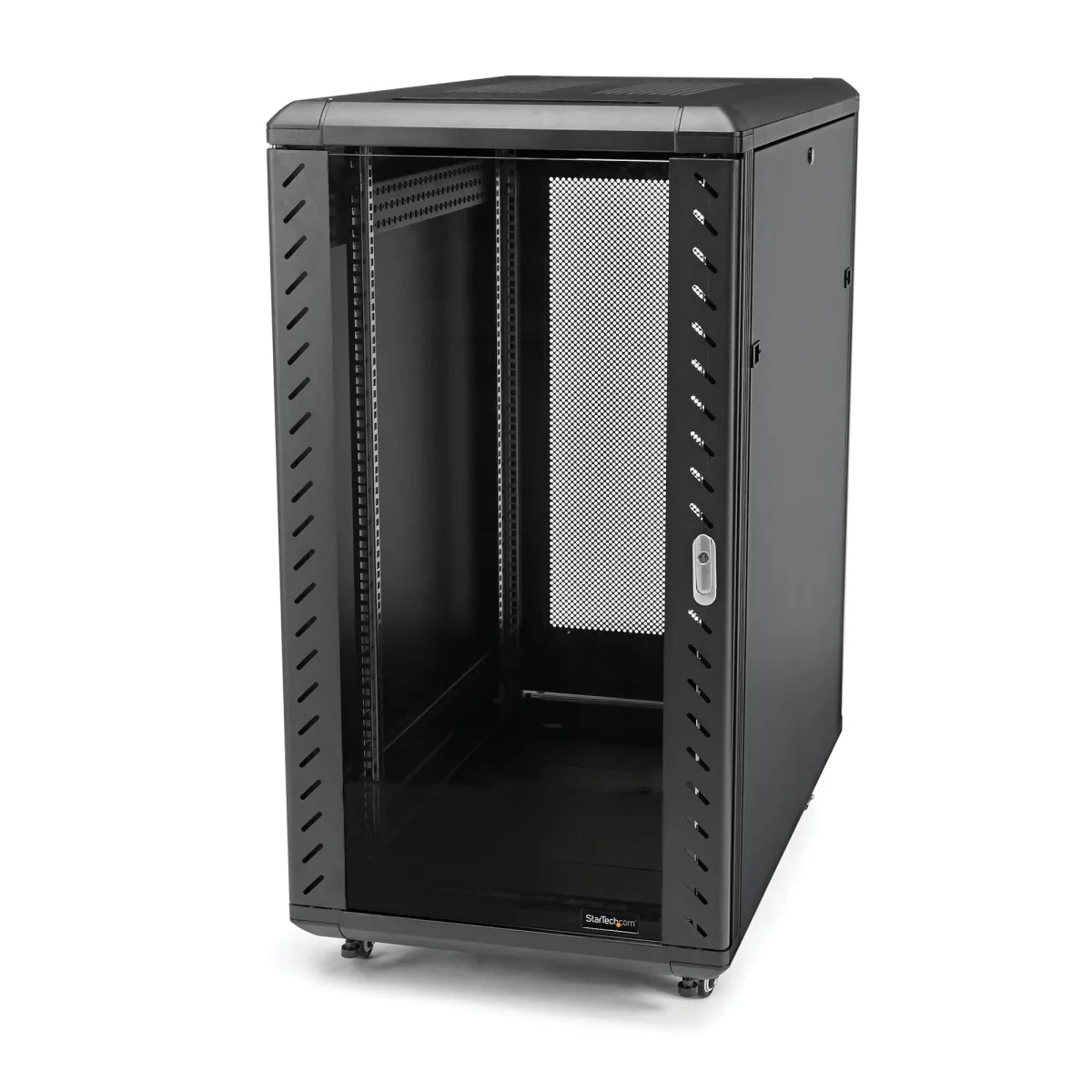
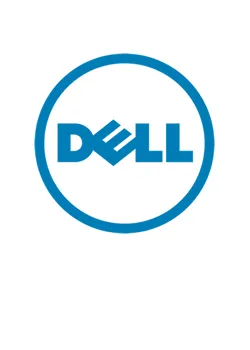
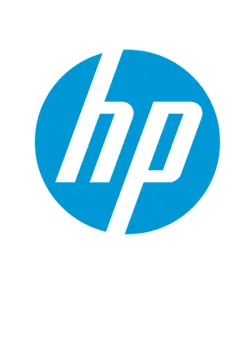

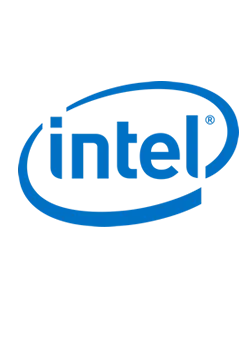




Have Questions?
Please don't hesitate to reach out to our team for questions!
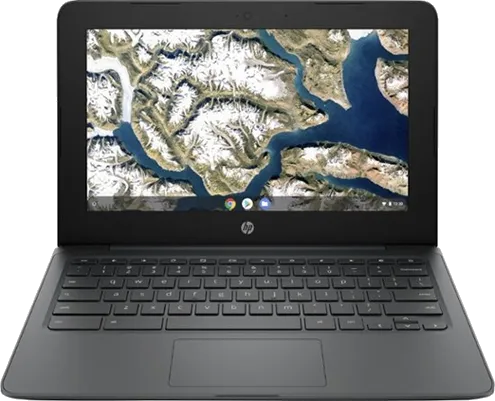
Join Our Newsletter!
Get daily, weekly, and monthly updates on all your technology needs!
NAVIGATION
LOCATION
Tech Innovation
9627 E 153 St
Noblesville, IN 46060
P: 888.510.4649
E: support@techinnovation.com
All Rights Reserved 2023. Tech Innovation
